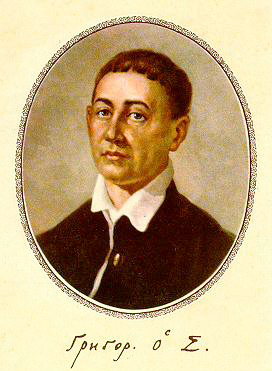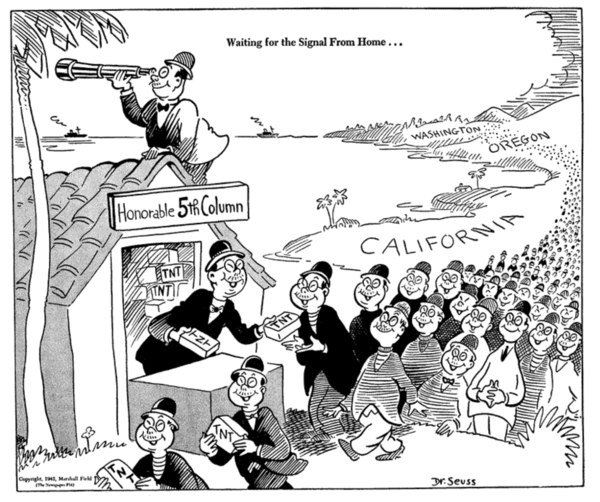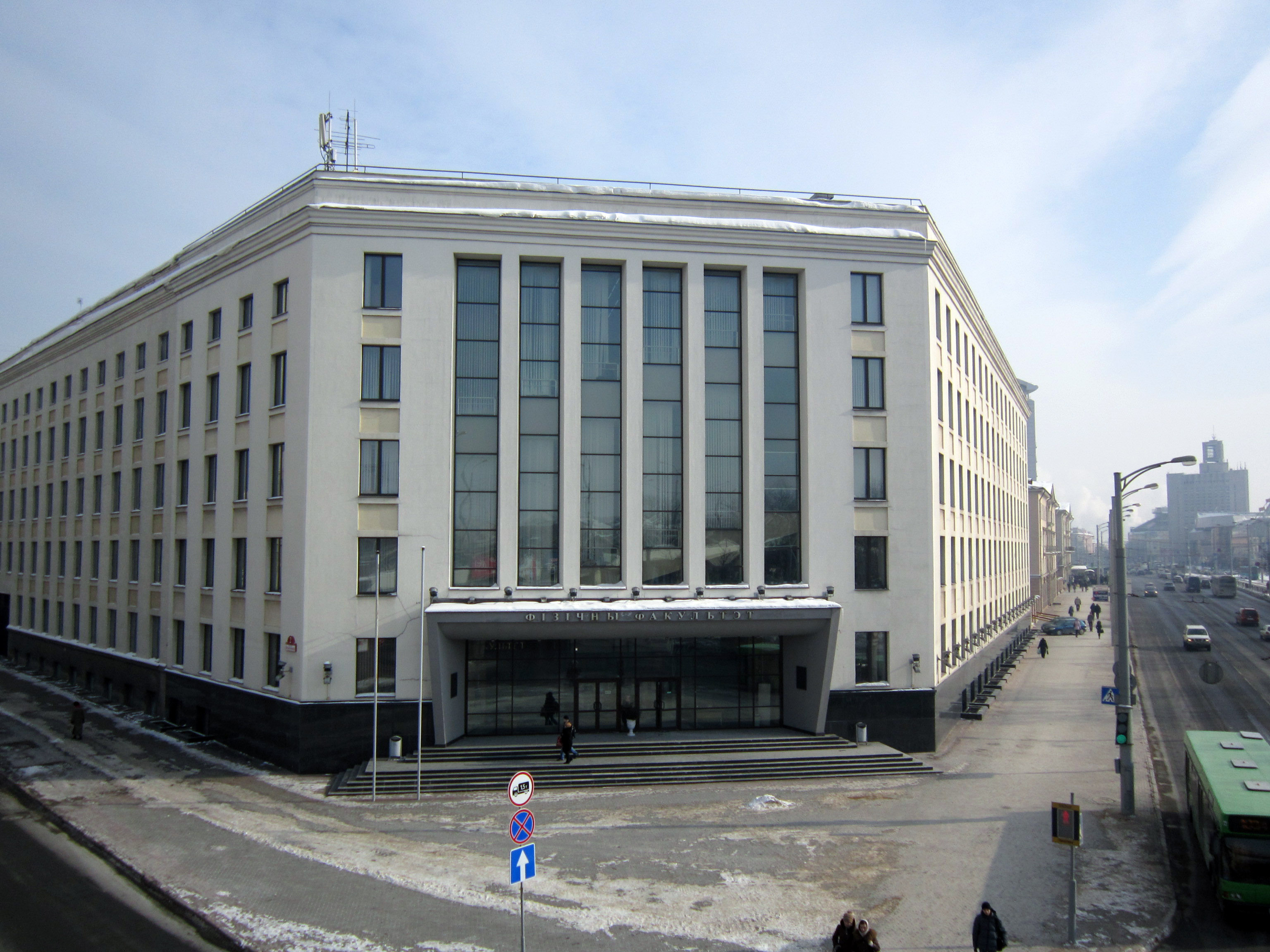|
Thalerhof Internment Camp
Thalerhof (also transliterated as Talerhof from Cyrillic-based East Slavic texts) was a concentration camp created by the Austro-Hungarian authorities active from 1914 to 1917, in a valley in foothills of the Alps, near Graz, the main city of the province of Styria. The Austro-Hungarian authorities imprisoned leaders of the Russophile movement among Carpatho-Rusyns, Lemkos, and Galicians (see Galician Russophilia); those who recognized the Russian language as the literary standard form of their own Slavic language varieties and had sympathy for the Russian Empire. Thus, the captives were forced to abandon their identity as Russians, or sympathies for Russia, and identify as Ukrainian. Captives who identified themselves as Ukrainians were freed from the camp. Between 1924-1932, four issues of the Thalerhof Almanac were published in Lviv, in which collected documentary evidence of the number of prisoners and the murders of peaceful Russophiles by the Austrian authorities w ... [...More Info...] [...Related Items...] OR: [Wikipedia] [Google] [Baidu] |
Ukrainian People
Ukrainians ( uk, Українці, Ukraintsi, ) are an East Slavic ethnic group native to Ukraine. They are the seventh-largest nation in Europe. The native language of the Ukrainians is Ukrainian. The majority of Ukrainians are Eastern Orthodox Christians. While under the Polish–Lithuanian Commonwealth, the Austrian Empire, and then Austria-Hungary, the East Slavic population who lived in the territories of modern-day Ukraine were historically known as Ruthenians, referring to the territory of Ruthenia, and to distinguish them with the Ukrainians living under the Russian Empire, who were known as Little Russians, named after the territory of Little Russia. Cossack heritage is especially emphasized, for example in the Ukrainian national anthem. Ethnonym The ethnonym ''Ukrainians'' came into wide use only in the 20th century after the territory of Ukraine obtained distinctive statehood in 1917. From the 14th to the 16th centuries the western portions of the European part ... [...More Info...] [...Related Items...] OR: [Wikipedia] [Google] [Baidu] |
Karpatska Rus'
''Karpatska Rus (Карпатска Русь) is a Rusyn language newspaper published in the United States for the Rusyn-speaking Lemko immigrant community. It is the successor to ''Lemko'', which began publication in 1927. Originally, the paper was published weekly or twice a week, and was entirely in the Lemko form of the Rusyn language. Its largest circulation was during World War II, when it provided reporting from the war in the Carpathian Mountains. It later added articles in English, and eventually became a bilingual paper. It was still in active publication in 2006, but with a reduced circulation. Since 2008 it has been published in English as a quarterly. The newspaper had a Russophile orientation, and avoided any suggestion that some researchers consider Lemkos a branch of the Ukrainian Ukrainian may refer to: * Something of, from, or related to Ukraine * Something relating to Ukrainians, an East Slavic people from Eastern Europe * Something relating to demographi ... [...More Info...] [...Related Items...] OR: [Wikipedia] [Google] [Baidu] |
Tolstoy
Count Lev Nikolayevich TolstoyTolstoy pronounced his first name as , which corresponds to the romanization ''Lyov''. () (; russian: link=no, Лев Николаевич Толстой,In Tolstoy's day, his name was written as in pre-reformed Russian. ; ), usually referred to in English as Leo Tolstoy, was a Russian writer who is regarded as one of the greatest authors of all time. He received nominations for the Nobel Prize in Literature every year from 1902 to 1906 and for the Nobel Peace Prize in 1901, 1902, and 1909; the fact that he never won is a major controversy. Born to an aristocratic Russian family in 1828, Tolstoy's notable works include the novels ''War and Peace'' (1869) and ''Anna Karenina'' (1878), often cited as pinnacles of realist fiction. He first achieved literary acclaim in his twenties with his semi-autobiographical trilogy, ''Childhood'', '' Boyhood'', and ''Youth'' (1852–1856), and '' Sevastopol Sketches'' (1855), based upon his experiences in t ... [...More Info...] [...Related Items...] OR: [Wikipedia] [Google] [Baidu] |
Pushkin
Alexander Sergeyevich Pushkin (; rus, links=no, Александр Сергеевич ПушкинIn pre-Revolutionary script, his name was written ., r=Aleksandr Sergeyevich Pushkin, p=ɐlʲɪkˈsandr sʲɪrˈɡʲe(j)ɪvʲɪtɕ ˈpuʂkʲɪn, a=ru-Pushkin.ogg; ) was a Russian poet, playwright, and novelist of the Romantic era.Basker, Michael. Pushkin and Romanticism. In Ferber, Michael, ed., ''A Companion to European Romanticism''. Oxford: Blackwell, 2005. He is considered by many to be the greatest Russian poetShort biography from University of Virginia . Retrieved 24 November 2006.Allan Rei ... [...More Info...] [...Related Items...] OR: [Wikipedia] [Google] [Baidu] |
Taras Shevchenko
Taras Hryhorovych Shevchenko ( uk, Тарас Григорович Шевченко , pronounced without the middle name; – ), also known as Kobzar Taras, or simply Kobzar (a kobzar is a bard in Ukrainian culture), was a Ukraine, Ukrainian poet, writer, artist, public and political figure, folklore, folklorist and ethnography, ethnographer.Taras Shevchenko in the Great Soviet Encyclopedia, 3rd Edition. 1970-1979 (in English) His literary heritage is regarded to be the foundation of modern Ukrainian literature and, to a large extent, the modern Ukrainian language, though this is different from the language of his poems. He also wrote some works in Russian (nine novellas, a diary, and an autobiography). Shevchenko is also known for his many masterpieces as a painter and an illustrator. [...More Info...] [...Related Items...] OR: [Wikipedia] [Google] [Baidu] |
Grigory Skovoroda
Hryhorii Skovoroda, also Gregory Skovoroda or Grigory Skovoroda ( la, Gregorius Scovoroda; uk, Григорій Савич Сковорода, ''Hryhorii Savych Skovoroda''; russian: Григо́рий Са́ввич Сковорода́, ''Grigory Savvich Skovoroda''; 3 December 1722 – 9 November 1794) was a philosopher of Ukrainian Cossack origin who lived and worked in the Russian Empire. He was a poet, a teacher and a composer of liturgical music. His significant influence on his contemporaries and succeeding generations and his way of life were universally regarded as Socratic, and he was often called a "Socrates". Skovoroda's work contributed to the cultural heritage both of modern-day Ukraine and of Russia. Skovoroda wrote his texts in a mixture of three languages: Church Slavic, Ukrainian, and Russian, with a large number of Western-Europeanisms, and quotations in Latin and Greek. Most of his surviving letters were written in Latin or Greek, but a small frac ... [...More Info...] [...Related Items...] OR: [Wikipedia] [Google] [Baidu] |
Fifth Column
A fifth column is any group of people who undermine a larger group or nation from within, usually in favor of an enemy group or another nation. According to Harris Mylonas and Scott Radnitz, "fifth columns" are “domestic actors who work to undermine the national interest, in cooperation with external rivals of the state." The activities of a fifth column can be overt or clandestine. Forces gathered in secret can mobilize openly to assist an external attack. This term is also extended to organised actions by military personnel. Clandestine fifth column activities can involve acts of sabotage, disinformation, espionage, and/or terrorism executed within defense lines by secret sympathizers with an external force. Origin The term "fifth column" originated in Spain (originally ''quinta columna'') during the early phase of the Spanish Civil War. It gained popularity in the Loyalist faction media in early October 1936 and immediately started to spread abroad. The exact origins of t ... [...More Info...] [...Related Items...] OR: [Wikipedia] [Google] [Baidu] |
Belarusian State University
Belarusian State University (BSU) ( be, links=no, Белару́скі дзяржа́ўны ўніверсітэ́т, ; russian: links=no, Белору́сский госуда́рственный университе́т) is a university in Minsk, Belarus. It was founded on October 30, 1921. In 2021 it was ranked the #1,201 university in the world in the ''THE World University Rankings'' by ''Times Higher Education'', #1,606 by Nature Index - Top Academic Institutions, and #1,784 in the URAP World Ranking - University Ranking by Academic Performance. History 1919-49; early years On February 25, 1919, the Central Executive Committee of the Belorussian SSR resolved to establish the first national university in Belarus. However, the occupation of Minsk by the Polish army delayed these plans, and the university's opening was set back to October 30, 1921. Initially, the university comprised three faculties (Workers, Medicine, and Humanities) that enrolled a total of 1,390 students. T ... [...More Info...] [...Related Items...] OR: [Wikipedia] [Google] [Baidu] |
Ukrainian Language
Ukrainian ( uk, украї́нська мо́ва, translit=ukrainska mova, label=native name, ) is an East Slavic language of the Indo-European language family. It is the native language of about 40 million people and the official state language of Ukraine in Eastern Europe. Written Ukrainian uses the Ukrainian alphabet, a variant of the Cyrillic script. The standard Ukrainian language is regulated by the National Academy of Sciences of Ukraine (NANU; particularly by its Institute for the Ukrainian Language), the Ukrainian language-information fund, and Potebnia Institute of Linguistics. Comparisons are often drawn to Russian, a prominent Slavic language, but there is more mutual intelligibility with Belarusian,Alexander M. Schenker. 1993. "Proto-Slavonic," ''The Slavonic Languages''. (Routledge). pp. 60–121. p. 60: " hedistinction between dialect and language being blurred, there can be no unanimity on this issue in all instances..."C.F. Voegelin and F.M. Voegelin. 19 ... [...More Info...] [...Related Items...] OR: [Wikipedia] [Google] [Baidu] |
Rusyn Language
Rusyn (; rue, label=Rusyn language#Carpathian Rusyn, Carpathian Rusyn, русиньскый язык, translit=rusîn'skyj jazyk; rue, label=Pannonian Rusyn, руски язик, translit=ruski jazik),http://theses.gla.ac.uk/2781/1/2011BaptieMPhil-1.pdf , p. 8. is an East Slavic languages, East Slavic language spoken by Rusyns in parts of Central Europe, Central and Eastern Europe, and written in the Cyrillic script. Within the community, the language is also referred to by the older folk term, rue, label=none, руснацькый язык, rusnac'kyj jazyk, Rusnak language, or simply referred to as speaking ''our way'' ( rue, label=Rusyn language#Carpathian Rusyn, Carpathian Rusyn, по-нашому, translit=po nashomu). The majority of speakers live in an area known as Carpathian Ruthenia, Carpathian Rus' that spans from Zakarpattia Oblast, Transcarpathia, westward into eastern Slovakia and south-east Poland. There is also a sizeable Pannonian Rusyn linguistic island in ... [...More Info...] [...Related Items...] OR: [Wikipedia] [Google] [Baidu] |
Ruthenian Language
Ruthenian ( Belarusian: руская мова; Ukrainian: руська мова; Ruthenian: руска(ѧ) мова; also see other names) is an exonymic linguonym for a closely-related group of East Slavic linguistic varieties, particularly those spoken from the 15th to 18th centuries in the Grand Duchy of Lithuania and in East Slavic regions of the Polish–Lithuanian Commonwealth. Regional distribution of those varieties, both in their literary and vernacular forms, corresponded approximately to the territories of the modern states of Belarus and Ukraine. By the end of the 18th century, they gradually diverged into regional variants, which subsequently developed into the modern Belarusian, Ukrainian, and Rusyn languages. In the Austrian and Austro-Hungarian Empires, the same term (german: ruthenische Sprache, hu, Rutén nyelv) was employed continuously (up to 1918) as an official exonym for the entire East Slavic linguistic body within the borders of the Monarchy. Severa ... [...More Info...] [...Related Items...] OR: [Wikipedia] [Google] [Baidu] |








